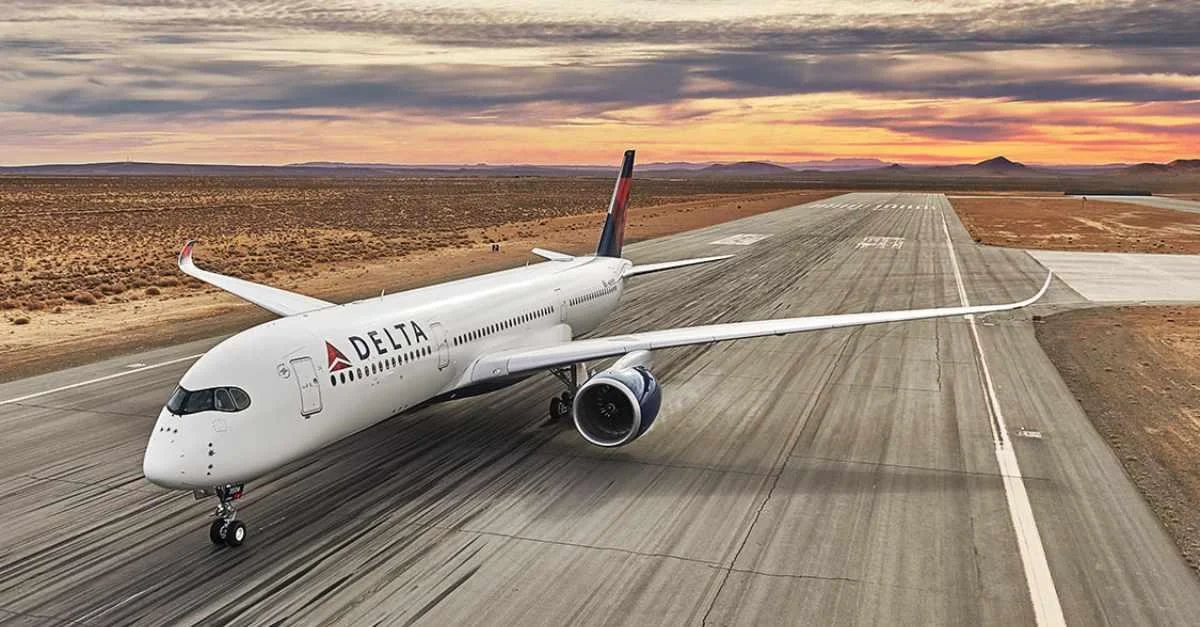The expansion strategy targets midsize American cities where connections via Montreal-Trudeau International Airport (YUL), Toronto Pearson Airport (YYZ), and Vancouver International Airport (YVR) are logical for trips abroad. These routes are known as "sixth-freedom" itineraries, where passengers originate in one country, change planes in another, and arrive in a third.
Air Canada plans further growth into Europe and Asia with new destinations such as Ninoy Aquino International Airport (MNL) in the Philippines, Naples International Airport (NAP) in Italy, Václav Havel Airport Prague (PRG), and Porto Airport (OPO) in Portugal set for addition in 2025.
The airline's expansion is supported by a robust order book that includes at least 83 aircraft on firm order from Airbus and Boeing with deliveries expected through 2029. Despite potential delivery delays from manufacturers, Air Canada aims for an annual schedule growth of 5% to 6% over the next few years.
Regarding future U.S. markets, Lefèvre noted success lies within unaligned markets where Air Canada can have a competitive advantage: "Look at Hartford for example," he said. Although Hartford service ended last October after two decades, similar markets like Salt Lake City or Louisville could be future candidates.
Air Canada's growth aligns with its joint venture with United Airlines on transborder routes while maintaining another partnership with Lufthansa Group covering transatlantic flights.
Lefèvre acknowledged that major cities still generate significant traffic: "Most of our international connections are still big markets — San Francisco, LAX, Chicago and New York — all those cities."
 Alerts Sign-up
Alerts Sign-up





































